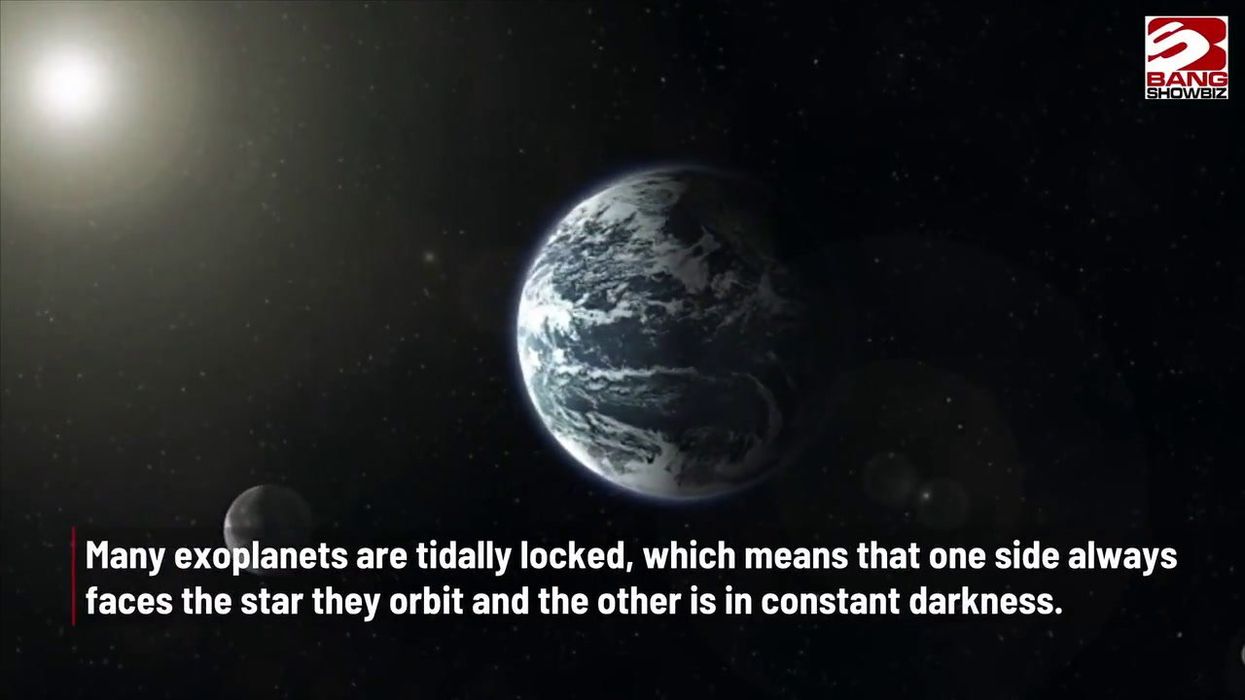Science & Tech
Ariana Baio
Mar 22, 2023
Aliens are hiding in 'terminator zones' on planets outside the Solar System
content.jwplatform.com
For decades, humans have been looking for signs of extraterrestrial life, but we may be closer than previously thought.
That’s according to Sascha Quanz, an astrophysicist at Switzerland’s federal technology institute ETH Zurich.
Speaking at the opening event of the Centre for Origin and Prevalence of Life in September, Quanz explained that since his colleague Didier Queloz discovered the first planet outside of the Milky Way solar system in 1995, over 5,000 more have been found.
The planets, called exoplanets, exist in other solar systems and could be similar in size and distance to their respective stars as Earth is to the sun.
With so many to be discovered, and the opportunity for life to exist on other planets, Quanz proposes scientists could study each planet to investigate further.
Sign up for our free Indy100 weekly newsletter
"What we do not know is if these terrestrial planets have atmospheres and what these atmospheres are made of," Quanz said.
He explained that “we need an observational approach that would allow us to take pictures of these planets.”
To do so, scientists would need a telescope even more powerful than the James Webb Telescope, something they’re looking to create in addition to the Extremely Large Telescope (ELT) which is currently being built in Chile.
Quanz and his team are developing the mid-infrared ELT imager and spectrograph (METIS) to be added to the ELT which would allow them to take photos of smaller planets, closer in size to Earth.
"The primary goal of the instrument is to take the first picture of a terrestrial planet, potentially similar to Earth, around one of the very nearest stars," said Quanz.
"But our long-term vision is to do that not only for a few stars but for dozens of stars, and we would like to investigate the atmospheres of dozens of terrestrial exoplanets."
Quanz believes scientists can discover life outside of the Milky Way in the 25 years.
Though he admits it may take more than a powerful telescope, it may take a massive, collaborative mission - similar to one NASA attempted in the 1990s called Terrestrial Planet Finder.
"I believe ultimately working together will allow us to empirically assess if some of the terrestrial planets out there show indications of biological activity outside the Solar System within the next 25 years,” Quanz said.
Have your say in our news democracy. Click the upvote icon at the top of the page to help raise this article through the indy100 rankings.
Top 100
The Conversation (0)














